1. Introduction to Automobiles
1.1 Automobile: Definition, Classification of Automobiles, Major Components of Automobiles with their Function and Location
1.2 Vehicle Layout: Definition, Significance of Vehicle Layout, Different types of Vehicle layouts (FEFWD, FERW1), RERWD, 4WD). Advantages, Disadvantages, Applications and Comparisons of Different types of vehicle layouts.
1.3 Function of Chassis. Frame and Body: Requirement of Chassis, Frame and Body, Load acting on Frame, Classification of Chassis Frames with Advantages, Disadvantages and Applications (Conventional, Unitized Body, Sub Frame). Basic Body Nomenclature.
1.4 Significance of Body Streamlining: Need and Importance of Aerodynamic Aspects. Basic terms related with Car Aerodynamics (e.g. Drag. Lift, Skin Friction, Form Drag, Wake, Coefficient of Drag)
1.5 Alternative Fuels: LPG and CNG: Need, Fuel Characteristics, Construction and Working. Advantages, Limitations; Layout of Electric Vehicles: Need, Working, Advantages, Limitations. Hydrogen as Fuel.
2. Automobile Transmission Systems
2.1 Function and Necessity of Clutch: Requirement of Clutch, Classification of Clutch, Working Principle of Clutch, Construction and Working of Single Plate (Coil Spring and Diaphragm), Multiplate Clutch and Centrifugal Clutch.
2.2 Function and Necessity of Gear Box Manual Transmission:
Classification of Gear Box, Construction and Working of Constant Mesh and Synchro Mesh Gear Box with power flow diagrams.
2.3 Semi Automatic Transmission: Function, Construction and Working of Overdrive, Automatic Transmission: Fluid Flywheel; Function, Construction and Working of Fluid Flywheel.
Torque Converter: Function, Construction and Working of Torque Convener, Epicyclic Gear Train: Function, Construction and Working of Epicyclic Gear Train.
2.4 Propeller Shaft Assembly: Function, Necessity and Types of Propeller Shaft, Function and Necessity of Universal and Slip Joint.
2.5 Final Drive: Function and Necessity of Final Drive, Differential, Working Principle. Construction and Working of Differential.
2.6 Axles: Significance of Live and Dead Axle, Function and Requirement of Front Axle, Types of (Front) Stub axle, Function, Construction and Working of Semi-Floating and Fully Floating Rear Axle.
3. Automobile Control Systems
3.1 Automobile Braking System: Function and Requirement of Braking System: Principle of Braking, Basic Terms related to Braking (Stopping Distance, Braking Efficiency, Fading of Brakes)
3.2 Types of Braking System: Layout, Construction, Working of Drum, Disc, Hydraulic and Air Brakes.
3.3 Master Cylinder, Wheel Cylinder, Tandem Master Cylinder, Significance and General Procedure of Bleeding of Brake.
3.4 Review of Anti-lock Braking System: Layout of ABS, Pressure Modulation, Types of ABS.
3.5 Automobile Steering System: Function and Requirements of Steering System: Basic Terms related to Steering (Steering Ratio, Turning Radius, Understeering and Oversteering), Basic Components of Steering Linkages.
3.6 Types of Steering Gear Boxes: Construction and Working of Rack and Pinion, Recirculating Ball Type Steering Gear Box, Necessity and Principle of Power Steering, Construction and Working of Hydraulic and Electronic Power Steering.
3.7 Steering Geometry: Necessity of Steering Geometry, Significance and Ranges of Caster (Positive, Negative), Camber (Positive, Negative), Toe-in, Toe out, King Pin Inclination (KPI), Steering Axis Inclination (SAI)
4. Automobile Suspension, Wheels and Tyres
4.1 Automobile Suspension System: Function and Requirement of Rigid Suspension System: Basic Terms Related with Suspension System: Jounce, Rebound, Sprung and Unsprung Weight, Spring Rate, Elasticity), Types and Constructional Features of Leaf Springs,.
4.2 Function and Requirement of Independent Suspension System: Advantages of Front Wheel Independent Suspension. Construction and Working of Mac-Pherson Strut Type, Wishbone Type Suspension system.
4.3 Shock Absorbers and Air Suspension: Layout. Construction and Working of Air Suspension. Function and Types of Shock Absorber, Principle of Hydraulic Shock Absorber. Construction and Working of Telescopic Shock Absorber, Constructional Features and working of Gas Filled Shock Absorber.
4.4 Wheels, Rims and Tyres: Function, Necessity and Requirement of Wheel, Rim and Tyres: Types of Wheels, Rims and Tyres, Construction and Working of Different Types of Wheels, Rims and Tyres.
4.5 Tyre Economy: Consideration in Tyre Tread Design. Factors Affecting to Tyrc Life, Tyre Wear and Rotation, Tyre Designation.
4.6 Wheel Alignment and Balancing: Purpose of Wheel Alignment, Procedure of Wheel Alignment. Purpose of Wheel Balancing, Significance of Static and Dynamic Balancing, Procedure for Static and Dynamic Balancing.
5. Automobile Electrical and ElectronicS Systems
5.1 Introduction to Electrical-Electronic System: Basic Electrical-Electronics Principles (Current, Voltage, Resistance, Magnetism, Electromagnetism, Induction, Rectification etc.) Basic Electrical-Electronics Components used in Automobiles with their Conventional Symbols.
5.2 Battery: Function and Requirements of Battery, Types of Battery, Principle of Lead Acid Battery, Construction and Operation of Lead Acid Battery, Significance of Battery Rating and Battery Capacity, Battery Open Volt and Specific Gravity Test, Salient Features of Maintenance Free Battery.
5.3 Starting System: Function and Requirement of Starting System, Components of Starting System, Construction and Working of Standard Bendix Drive.
5.4 Charging System: Function and Requirement of Charging System, Components of Charging System, Construction and Working of Alternator.
5.5 Ignition System: Function and Requirement of Ignition System, Types of Ignition System, Construction and Working of Battery Ignition, Magneto Ignition and Electronic Ignition System with Advantages, Disadvantages, Applications.
5.6 Lighting System: Function and Requirements of Lighting Systems. Types of Lights, Necessity and Importance of Cable Color Codes, Wiring Harness.
5.7 Miscellaneous: A Brief Review of Different types of Gauges, Windscreen wiper, Function and Location of Major Sensors and Actuators used in Automobile Electronics.
6. Motor Vehicle Act, Road Safety and Garage Practices
6.1 Introduction and Objectives of Motor Vehicle Act: Salient Features of M. V. Act 1988 and Central Motor Vehicle Rules 1989. Types and Significance of Traffic Signs, Important Transport Terms (Definitions) in M. V. Act (Motor Vehicle, Motor Cycle, HGV, MGV, LGV, Public Service Vehicle, Transport Vehicle, Driver, Passenger, Accident)
6.2 Organization Structure of Motor Vehicle (RTO) Department, Duties and Responsibilities of RTO, AIMV.
6.3 Passenger Comfort and Safety: Function and Requirements of Passenger Safety System. Features of Air Bags, Seat Belts, Collapsible Steering Column.
6.4 Automobile Maintenance Systems: Significance of Garage, Workshop, Service Station, Dealership.
6.5 Types of Maintenance, Need and Importance of Record Keeping, List of Records to be kept in Service Stations.
6.6 Site Selection and Amenities/Facilities Required to set up your own Garage/Service Station, Role and Responsibilities of Service Manager, Service Supervisor, Customer Care Manager in Service Stations.



 Zoom
Zoom


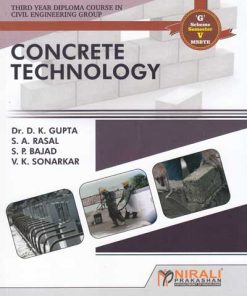

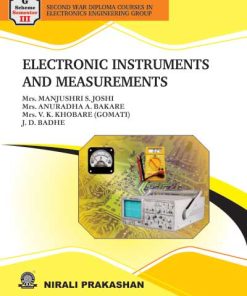
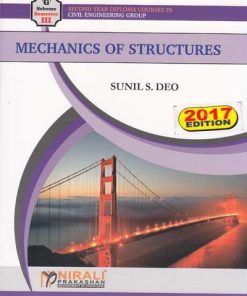
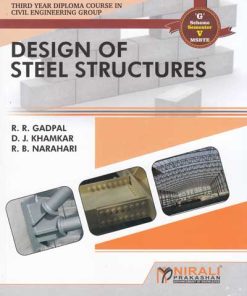
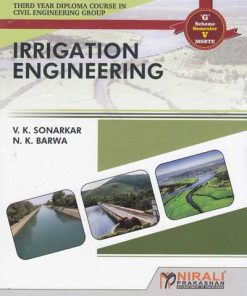
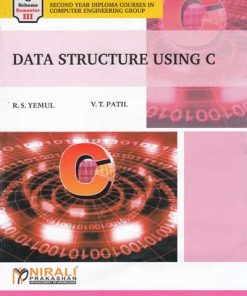


Reviews
There are no reviews yet.